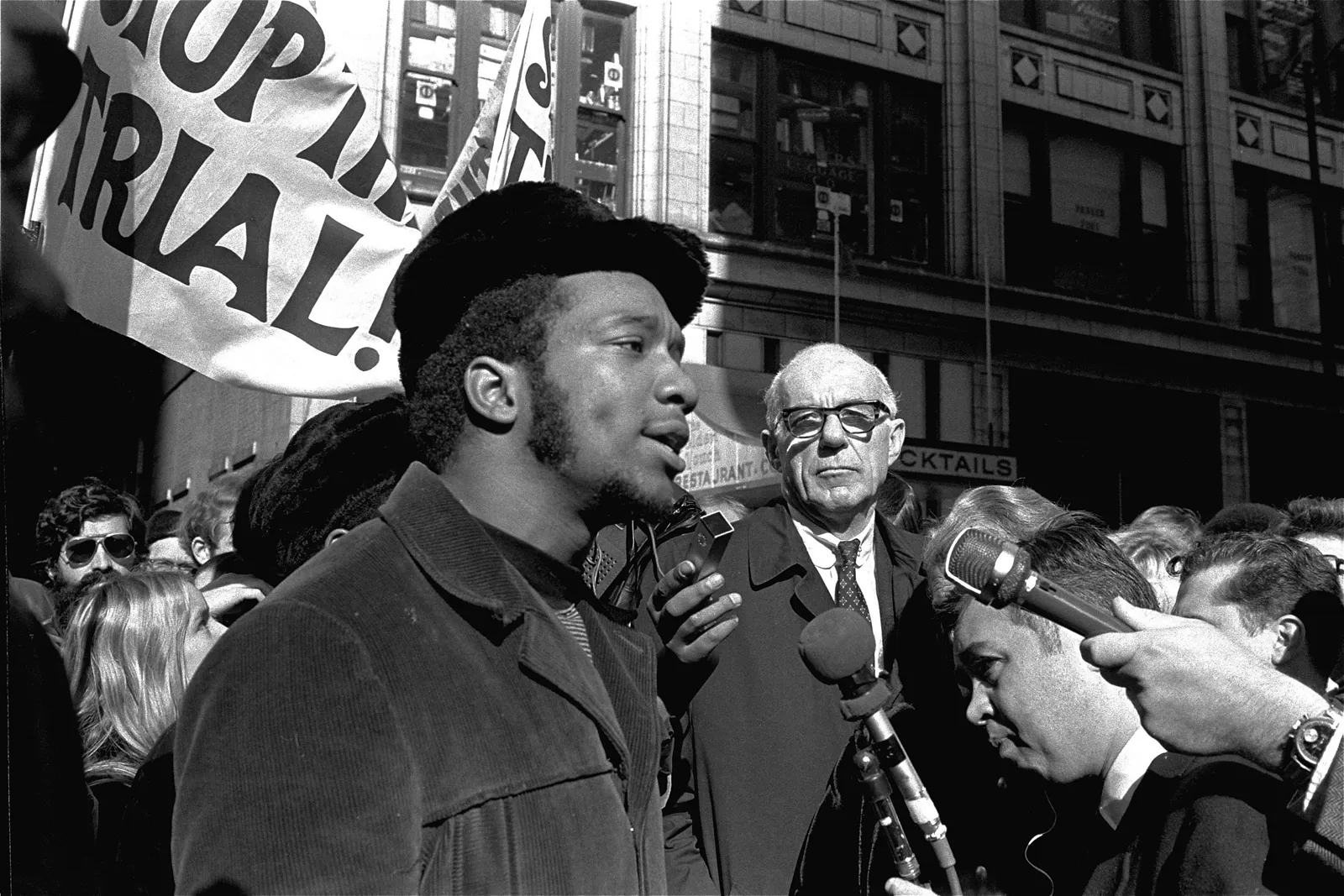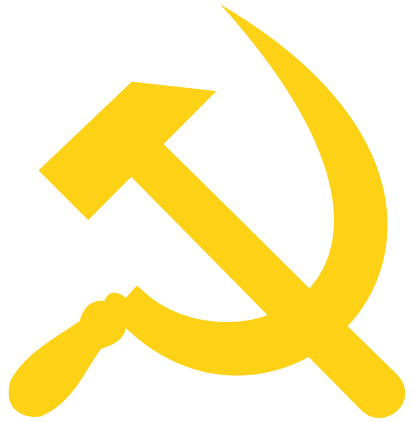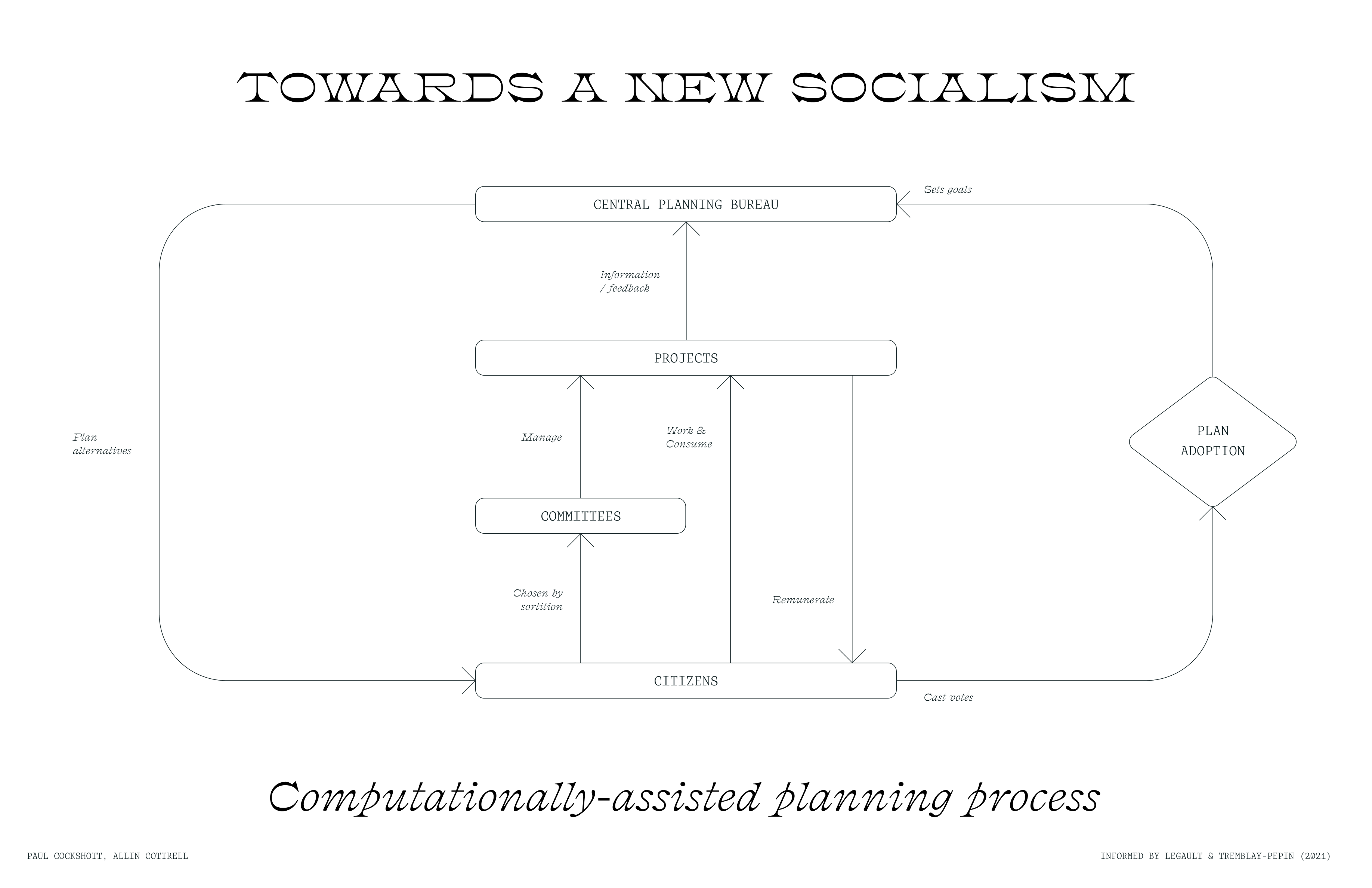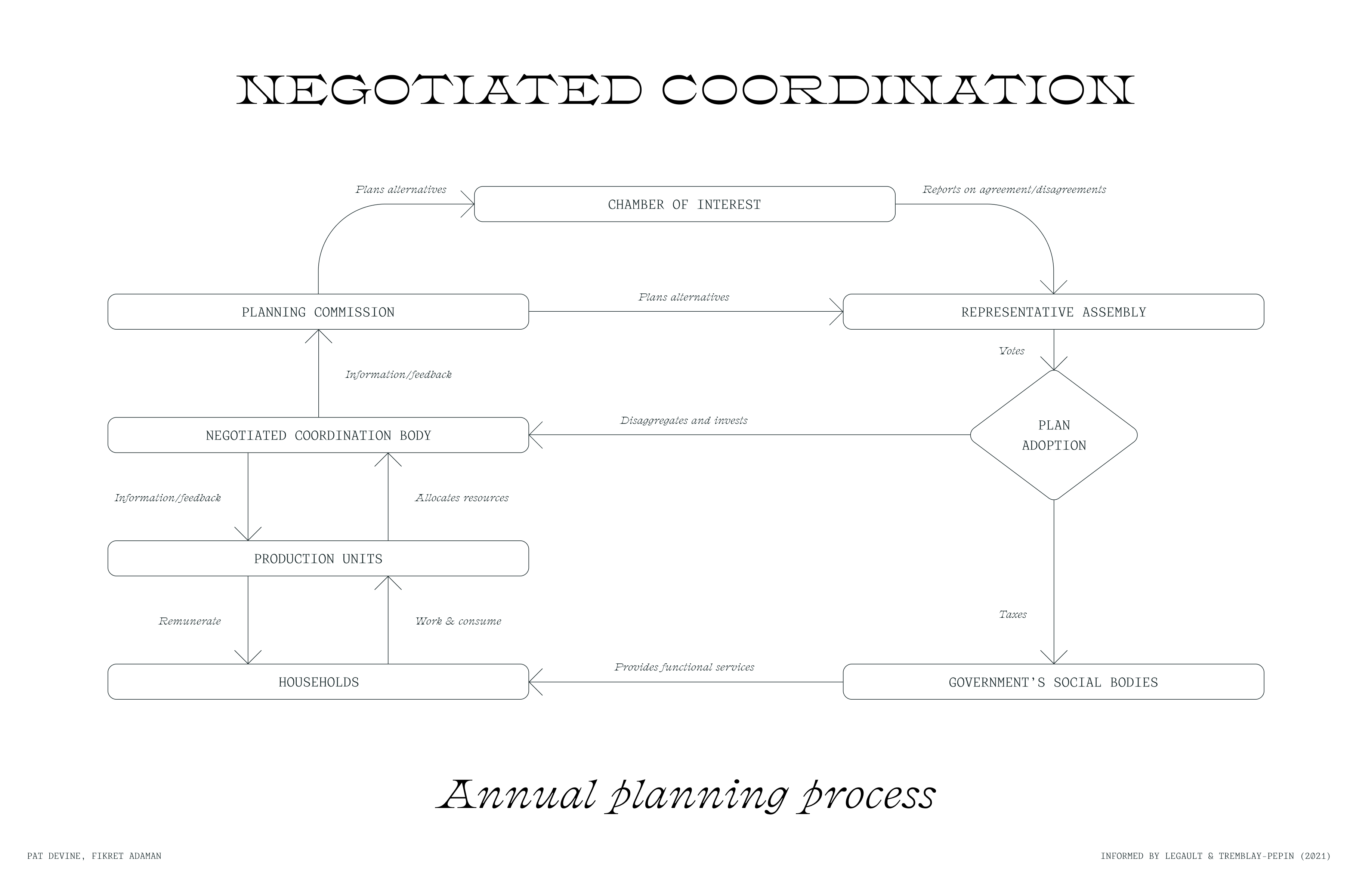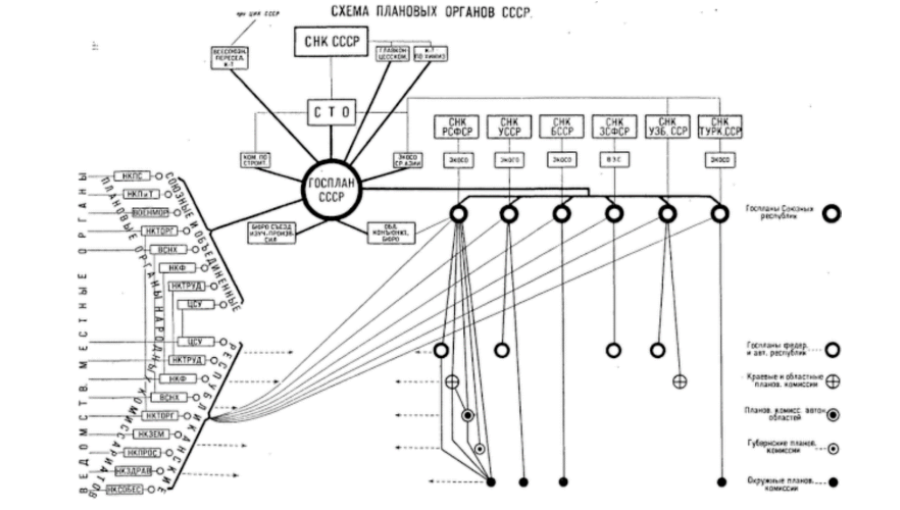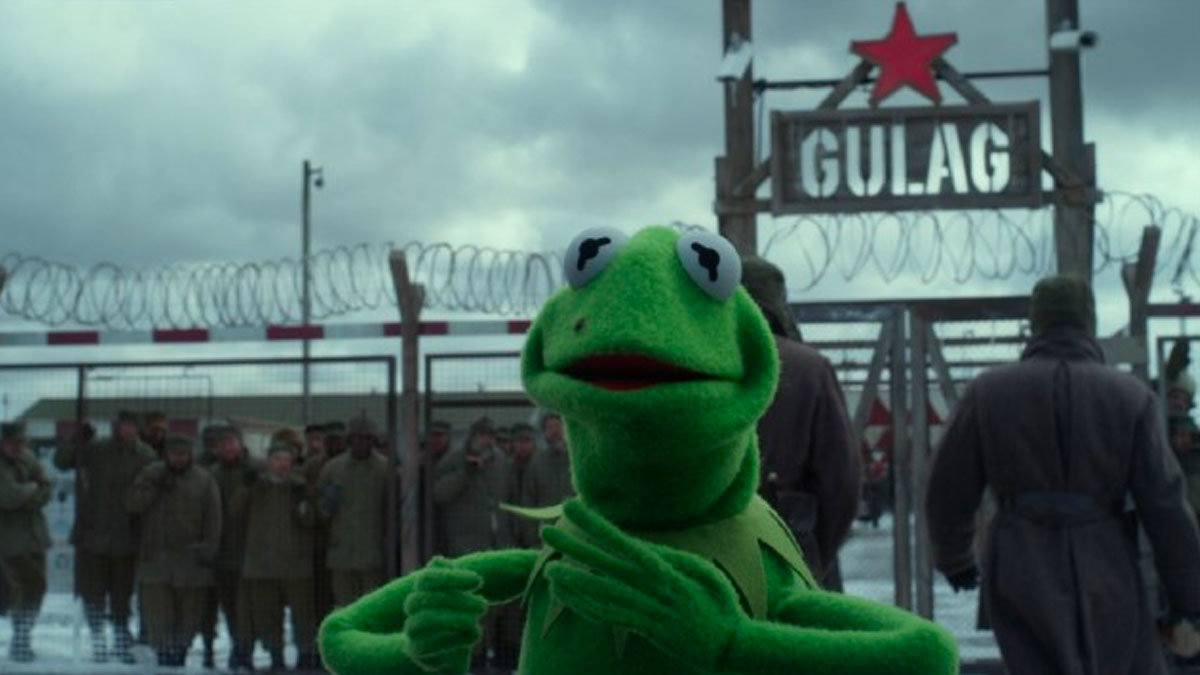The prior Chapter 1: introduction here
CHAPTER 2: THE SOVIET THEORY OF CRIME
TO UNDERSTAND rightly the theory of crime officially accepted in Russia today, one must read the works of Lenin. Karl Marx is there in the background, to be sure, but he is explained or interpreted in accordance with the opinion of the Soviet Union's first leader. It sounds a simple enough theory -- that, with the final attainment of the classless society, crime, which is the result of economic class relationship, will disappear. But it needs some elucidation. The accomplishment of a state of society in which this would be true is not, after all, quite so simple as the statement sounds.
People have tried for a good many years to account for the phenomenon of crime and to work out some manner of punishment that would control even if not eliminate it, as the present Soviet theory permits. Anthropologists tell us that acts not pleasing to the group, even antagonistic to its best interests, are apparently as old as human society itself. Penalties consisting of curses, banishment, even death, were visited upon those who broke the law in the earliest ages of society. Up to very recent years punishment in the form of untold cruelties was dealt out to those who transgressed. Still crime grew and criminals increased with the complexity of civilization. What makes people do those things -- commit those acts which are against the folk ways or state ways of the community in which he lives, and brings him usually to account? Who knows? Within fairly recent times three main theories have attempted to establish the causes and have laid out measures of punishment designed to protect law-abiding society from the criminal and later, to aid in the readjustment of the individual to life.
We might take a hasty look at these theories before we speak of their rejection by proletariat Russia. The classical school had as one of its chief characteristics the doctrine of free will in the commission of crime. The discretionary power of judges in the years just preceding the development of this theory gave too much play to the possibility, supposedly, of circumstances surrounding the act. As a matter of actual practice, according to such an authority as Gillin, it gave them instead an excellent chance to wreak a personal vengeance on some enemy, or, still acting according to the discretionary power given them, befriend someone to whom they wished to show favor.
But this was one of the evils the classical school of writers decided to remedy. If one committed an act of his own free will, then circumstances had nothing to do with it. A man was a criminal because he chose to be. Thus when two persons committed the same act they should be given the same punishment. And the French Code of 1791 put such a theory into practice, listing a great number of such transgressions and providing for each a set penalty. The difficulties would hardly need to be set down for us. The resulting unwieldy code, the lack of any punishment for acts not listed, made the administration of the code an impossible task.
There was another reason for its modification. It did not take an expert in criminology to see that there were differentiating conditions surrounding the commissions of crime. It was clear that of two people committing similar acts, the one would have the sympathy of those who saw him, whereas the second would be looked on with contempt. That the people in the street were able to arrive at such a conclusion and public opinion in the days of revolutionary action against tyranny, must have had some effect. At any rate the Code of 1810 in France provided a modification of the definite penalty for a definite crime by setting a maximum and minimum and permitting the judge to choose between. The doctrine of free will in the commission of crime thus became modified to a milder form of the same theory.
The neo-classical school went a step further. While it still recognized the theory of free will and individual responsibility on the part of one transgressing the law, it did decide that in view of evidences being submitted by a body of biologists, physicians, and other scientists, that every person was not free to choose, and was thus not responsible for his behavior. There might, for example, be insanity or imbecility to account for an act. It was, however, necessary to establish that at the time of the crime he was in such a mental state. This theory is incorporated in the practice of our criminal courts today.
But here begins another story. Modern science was developing. Research connected with psychiatry and psychology was adding important contributions to the field of the study of the criminal and an attempt to account for crime. Why did a man do things of such an anti-social nature, things harmful to his fellow beings? The anthropological school with Lombroso as its initial spokesman, entered with its explanation.
This theory, attacking the classical and neo-classical writers, took a different line, and swung far in the other direction. Why did the criminal commit his crime? Because he was born with certain stigmata that prevented his following other lines of behavior. He had no choice in the matter. Far from the free-will theory that made him a creature responsible for his deeds, this doctrine made him incapable of rational analysis, or any logical deductions as to cause and consequence. Lombroso weighted his argument with facts and figures. He made an extensive study of eriminals in Italian prisons and concluded finally that at least a certain percentage of those committing crimes were born criminals with definite physical features characteristic of the lower stages of evolution. However, in his later writings he concluded that only one-third of all criminals belonged to this group. Still having to account for the other two-thirds, he decided that part of this number was insane and that the other belonged in the category for which he invented the term -- criminaloid.
It is in regard to the latter group that we see his we see his recognition of social influences on crime. Besides those born to criminal ways and those committing their acts because of insanity, there was this third group, who while not born to their deeds, still acted like criminals. There was too much proof by this time of the influence of environment for even an ardent advocate of his own theory to deny its importance.
Long before the death of Lombroso, Ferri had written his Criminal Sociology and our third main theory was well launched. This school, of course, is prominently with us today. It recognizes biological causes and adds to them the results of various social environments. It goes even beyond that and takes into account such physical environment as climate, weather, and geographic location.
The Soviet criminal theory repudiates all of the aforementioned and asserts that crime is caused by the exploitation of one class by another. The attitude which accounts for such behavior, they insist, has evolved over a period that has lasted since the state became an instrument in the hands of a ruling class to force a weaker one into submission by making "laws" to protect its own interests and punishing those who transgressed one of those regulations. Because that "conscience" has had a historical development, has been long in the making, it will likewise take time to change it.
But the Marx-Lenin theory assumes that all crime is the result of the exploitation of one class by another, and that with the achievement of classless society -- which is the ultimate aim of socialist construction -- crime itself will disappear.
Let us trace this line of thought for a moment for fear it is not as familiar as it should be for one to get the full import of this doctrine. According to this belief, there has been one continuous evolution of society toward the establishment of full Communism, beginning with its earliest stage, which will be in its final stage world-wide. But in this evolution, going on since the dawn of history and before, there emerged at one stage of the process an organization through which the stronger element came to rule the weaker and make its members submit to its will. The instrument through which they effected this was the state. From that time on, the interests of the class or group in power have been protected by rules or laws and those who break those regulations, or commit some act not in accord with these interests of the ruling class, are guilty of a crime.
The Marx-Lenin doctrine in rejecting any sort of an idealistic notion such as Rousseau's "social contract" and Hegel's "the reality of the moral idea" as accounting for the state, accepts instead the definition that "the state as organized violence emerged at the definite stage in the evolution of society, that society was broken up into irreconcilable classes, that it could no longer exist without the 'authority' supposed to be above society and to a certain degree isolated from it"
Or again, speaking more plainly, the Marxian formula states "that the state is an organ of oppression of one class by another that it sets up an order which legalizes and consolidates this oppression modifying the conflict of classes." Thus since the state is an organ of class domination, and crime necessarily, by the same definition, is the commission of an act against the interests of the ruling class, a criminal code would be a formulation of penalties imposed for such acts. When a state is reached where there is no domination of one class by another in society, it would logically appear that there would be no need of a criminal code.
But the Soviet Union has a criminal code now, as we shall later see, and of course a recognition of crime. This, however, in their theory is no contradiction.
In the first place there is one class now in power (there is an admitted class basis for criminal legislation), and the transgression of the rights of those in authority, the proletariat or working group, does constitute a serious and major crime. That, of course, is to be expected from the nature of our definition. But what of the group of criminals who come from the working class itself?
They are those whose attitude is the result of long centuries of class struggle, and their point of view cannot be changed at once. Every effort is made by a policy resulting from this theory to change their "social conscience" by education while they serve their sentence, but even with that effort it is certain that many of the older generation will not be won over to the new way of thinking. Thus they concentrate on youth, as we shall see in a later chapter devoted to the child who comes in contact with the law.
But crime, except in isolated instances, will disappear as need for the state also vanishes. Let us take the word of an authority for it. Commissar of Justice of the USSR, N. Krylenko, writes: "Only under Communism will the state become wholly superfluous, for then there will be no one to suppress in the sense of waging a systematic class struggle against a definite part of the population."
Understand that, in accordance with the theory, criminal repression will exist as long as the state itself is necessary, and for the present the perfect socialist society is a thing of the future. Even when it is fully come there will still be some who will commit acts of a criminal nature, but they will be of such infrequency that there will be no need of penal restriction. Lenin is our authority this time. In Vol. XXI, p. 432, we find the following:
"For this there will be no need for a special machine, for a special apparatus of coercion; this will be done by the army of people themselves with the simplicity and ease with which any crowd of civilized people even in contemporary society will stop a street fight of rowdies or will disallow the outraging of a woman."
Perhaps it will be easier to understand the theory that permits of the final disappearance of crime if the legal definition contained in their code were given. One can see then that with the gaining of strength on the part of the government, with the "mopping up" of the remaining opposition, there could possibly be such a situation. Part 3 of the Criminal Code, Article 6, contains this:
"A socially dangerous act is deemed every act of commission or omission, directed against the Soviet régime, or one which violates the order established by the workers' and peasants government for the period of time pending transition to a communist régime."
A note added to this article is of special significance in providing for consideration of the circumstances of social class. It reads:
"An act which, although formally falling within one of the articles of the special section of the present code, is free from socially dangerous characteristics, owing to its obvious insignificance or absence of harmful consequences, is not a crime."
It can be seen that crime in the Soviet Union consists mainly, of those acts directed against the state by the so-called class enemies; or those desiring to hamper socialist construction. In this situation those acts defined as criminal would tend to have usually an economic basis. And this would substantiate the theory that recognizes no other motive for a crime than an economic one, which, in a society where all needs would be met, would would supposedly disappear. That is, if in the final socialist state every one should receive according to his needs -- as they insist he will -- then the economic motive for crime would be eliminated. This takes care of those acts which in our own country, we might attribute to economic causes.
But what, we might as, of those murders or other crimes, motivated by jealousy or rage? The theory answers that those, in the person not ill and requiring medical treatment instead of penal, are rare and the act thus usually constitutes the one crime in the person's career. For example the man who murders his wife in a jealous rage would very likely make a good citizen who would never again commit such an excessive act. However, this, in the person not mentally deranged, would also be a rare occurrence for the reason assigned that marriage and divorce are made so liberal under the laws of the USSR that the jealousy motive in a marital tangles is taken care of, and thus one of the main causes of murder is eliminated.
It is interesting to note in this regard that the maximum penalty for murder in Russia in any case, except for death resulting from banditry and robbery with a firearm, is a ten year sentence. In fact the maximum imprisonment for any cause is ten years. They hold long sentences to neither be humane nor constructive. If a man is mentally abnormal to a dangerous extent, there are other places for him than prisons. If he has committed such a serious act as banditry or robbery with firearms, he is likely to get a death sentence unless there are extenuating circumstances such as the youth of the offender, and for other crimes the shorter sentence is held to be more conducive to reformation.
 ,
, 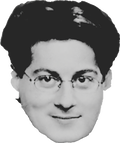 and learning more about a theorist I never knew about.
and learning more about a theorist I never knew about.


